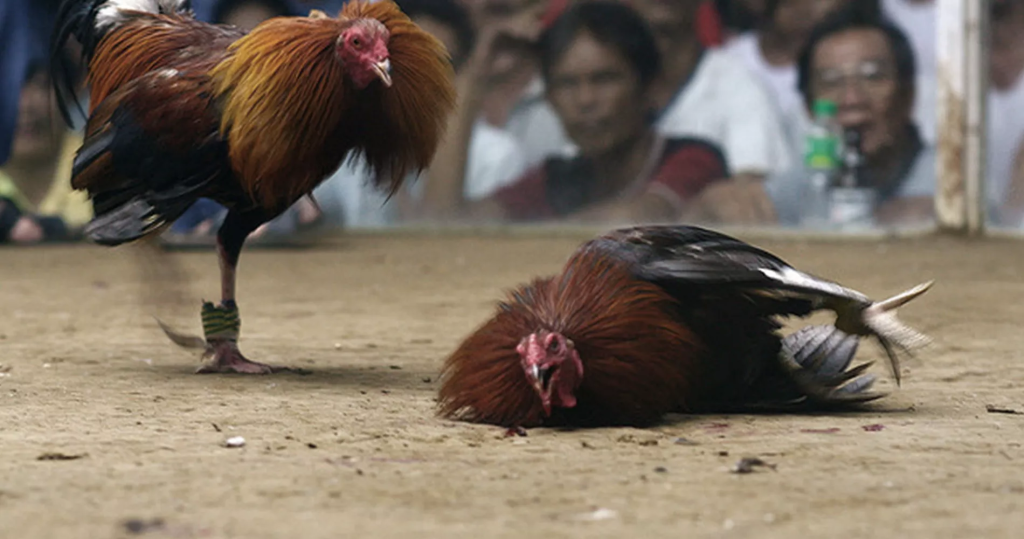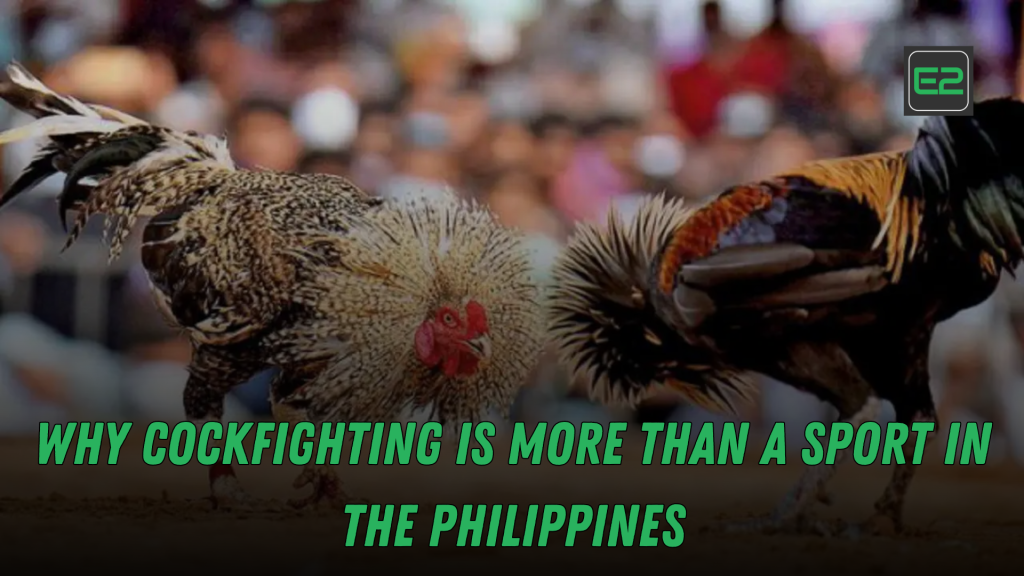In the Philippines, cockfighting, or sabong, is more than a competition between two roosters. It’s a tradition, a community event, a livelihood, and for many — a way of life. While it may be controversial to outsiders, to many Filipinos, cockfighting holds cultural, social, and economic significance that stretches back hundreds of years.
This article explores why sabong remains deeply woven into Filipino society — not just as a sport, but as a symbol of identity, resilience, and community spirit.
Table of Contents
A Legacy Older Than Colonization
Long before colonizers set foot on Philippine soil, cockfighting was already a well-established activity. In 1521, Spanish chroniclers traveling with Ferdinand Magellan recorded that Filipinos were already engaging in the practice.
Under Spanish rule, sabong was regulated and taxed, with cockpit arenas (sabungan) becoming common features in towns. Instead of suppressing it, colonizers used the sport to generate revenue. Over time, it evolved from a tribal practice into a mainstream cultural institution.

Passed Down Through Generations
In many Filipino families, especially in rural provinces, the knowledge of cockfighting is handed down from father to son. It’s not uncommon to see young boys helping their fathers feed, clean, and train gamecocks. These roosters are not just animals — they are prized possessions with names, pedigrees, and emotional significance.
Each family may have their own gamefowl breeding secrets. These birds are treated like athletes, with personalized diets, training routines, and even massages. In some homes, the fighting rooster receives more attention than any other pet.
The Sabungan: More Than Just an Arena
The sabungan, or cockfighting arena, is a central hub of activity in many communities. It’s where neighbors gather, not only to bet, but to socialize, debate, eat, and share stories. The intense atmosphere, loud cheers, and rapid-fire bets make it an event unlike any other.
Matches are typically officiated with strict rules. Each bird is armed with a tari (curved blade) and released to fight. Spectators — especially kristos, the bet handlers — often communicate odds and wagers through a complex series of hand gestures.
Beyond gambling, it becomes a social glue, bringing people together from all walks of life.

A Source of Livelihood
Sabong supports a wide network of industries:
- Breeders and handlers
- Veterinarians
- Blade makers for the fighting knives (tari)
- Feed and supplement suppliers
- Cockpit employees and security
- Food vendors and bet collectors
A well-bred rooster can sell for ₱10,000 to over ₱100,000, especially if it comes from a champion bloodline. Major tournaments like the World Slasher Cup in Manila offer millions in prize money and attract competitors from across the globe.
For many Filipinos in the provinces, raising and selling gamefowl is a primary source of income.
Cockfighting as Cultural Celebration
Cockfighting often features prominently during town fiestas and holidays. After religious processions and church services, many barangays hold cockfights as part of their celebratory lineup.
In these events, sabong becomes:
- A community bonding activity
- A showcase of skill and breeding
- An economic driver for local businesses
In some cases, entire fiestas are organized around a large cockfighting derby, drawing spectators from neighboring towns and boosting local economies.
The Rise and Fall of E-Sabong
With the growth of digital platforms, cockfighting entered the online world through e-sabong. It allowed users to watch live matches and place bets remotely using mobile phones.
While it made sabong more accessible, it also led to:
- Addiction and financial problems
- Illegal betting rings
- Disappearance of e-sabong workers
- Public outcry and safety concerns
In 2022, the Philippine government shut down e-sabong operations, citing its negative impact on society. Still, debates continue over whether the online format can be reintroduced with better regulation.

Cockfighting in the Philippines: Amazing Legacy Passed Down Through Generations
Strategy and Science Behind the Sport
Cockfighting isn’t just luck. It involves deep strategy:
- Selecting the right breed (Hatch, Kelso, Sweater, Lemon, etc.)
- Conditioning the rooster for stamina and aggression
- Reading opponents and adjusting tactics
- Timing fights based on the bird’s energy levels
Many breeders use performance logs, fight history, and even video analysis to prepare. It’s a scientific and psychological game, and only the best-trained roosters — and handlers — succeed.
The Moral Dilemma
Despite its popularity, cockfighting is controversial, especially among animal rights groups. Critics argue that:
- It promotes violence and cruelty
- It exploits animals for human gain
- It encourages gambling and social vices
Supporters, on the other hand, defend it as:
- A regulated and traditional activity
- A cultural heritage
- A livelihood for thousands of families
This ongoing debate raises important questions about where tradition ends and ethics begin. Should ancient customs be preserved if they cause harm? Can regulation make sabong more humane?
Filipino Diaspora and Sabong Abroad
Even outside the Philippines, sabong remains part of Filipino culture abroad. While illegal in many countries, overseas Filipino workers (OFWs) often maintain connections through cockfighting videos, virtual tournaments, and occasional informal matches.
In the U.S., Guam, and parts of the Middle East, communities organize cultural exhibitions showcasing Philippine gamefowl — not for fighting, but for pride in heritage.
Final Thoughts: More Than Feathers and Blood
To outsiders, cockfighting may look like a brutal pastime. But to many Filipinos, it is a complex social and cultural practice, carrying deep meaning beyond the ring.
It is about:
- Tradition: Honoring practices older than colonization
- Livelihood: Putting food on the table for thousands
- Community: Connecting people in celebration and competition
- Identity: A symbol of Filipino resilience and pride
Whether you see it as sport, spectacle, or controversy, there’s no denying this truth:
In the Philippines, cockfighting is more than a fight — it’s a story. One that continues to be written, feather by feather, generation after generation.
